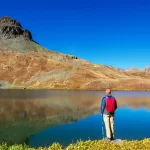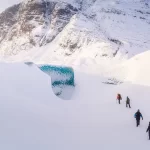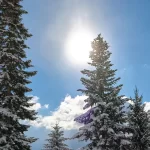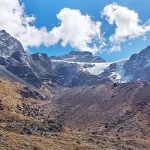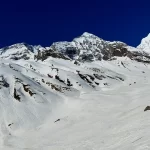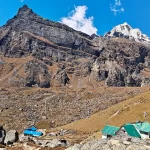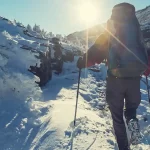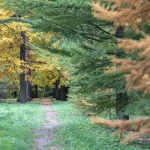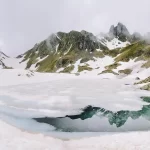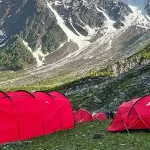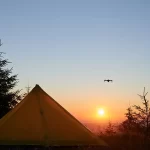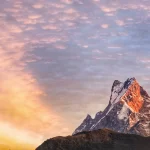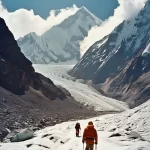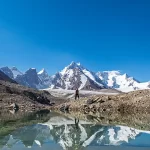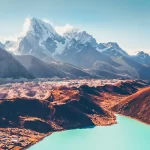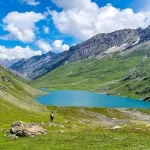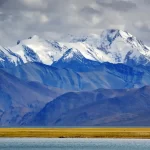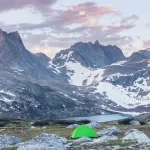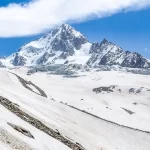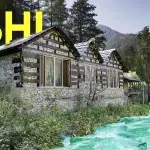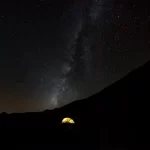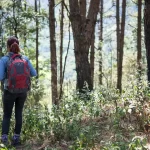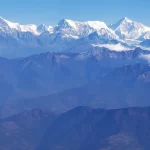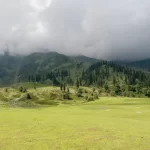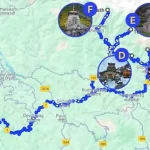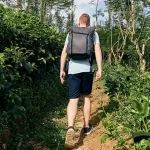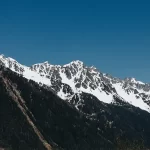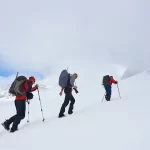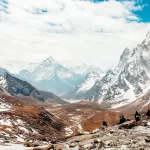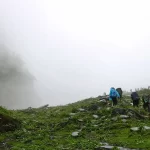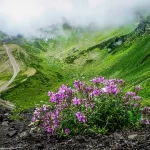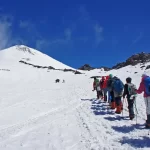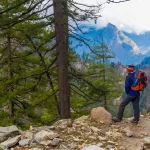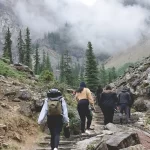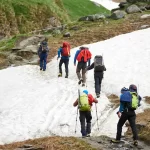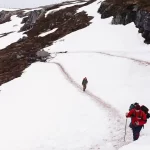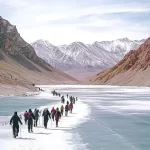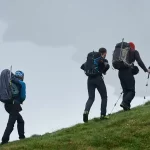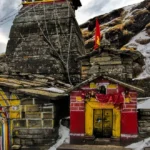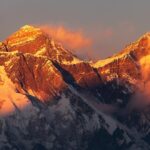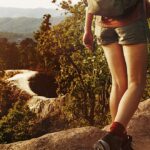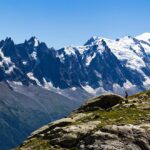The Hemkund Sahib Trek of Uttarakhand is not just an adventure trek through the mountains — it is a pilgrimage that touches the heart. Placed at an altitude of 4,329 meters in the Garhwal Himalayas, Hemkund Sahib is a holy Sikh gurudwara nestled among snow-clad mountains and a glacial lake whose waters shimmer like crystal. The trek is a beautiful mix of religiosity and nature, and thousands of pilgrims and tourists from all over the world visit this place every year.
Whether you’re seeking inner peace, natural wonder, or a challenge on foot, the Hemkund Sahib Trek offers a transformative experience that leaves a lasting impression.
The Spiritual Significance of Hemkund Sahib
Hemkund Sahib is among the most revered of Sikh places. Legend has it that Guru Gobind Singh, the tenth Sikh Guru, would meditate here in his previous birth. The star-shaped gurdwara sits along the mirror-smooth glacial lake in the midst of seven snow-capped mountains, a vision straight from a heavenly painting.
As you ascend along the Himalayan routes, you go through the transformation—not just in altitude, but in spirit. The Hemkund Sahib Trek is no longer a physical test; it is a journey of self-discovery and renewal.
Trek Route Overview
The hike begins from Govindghat, a tiny village near Joshimath in the Indian state of Uttarakhand. From Govindghat, you start trekking to Ghangaria, the base for Hemkund Sahib and the Valley of Flowers as well
Day 1: Govindghat to Ghangaria (13 km)
The path is a smooth climb up the Pushpawati River. The climb is well-made and lined with tea shops, resting points, and scenic views. You can walk or hire a mule or a porter. Ghangaria is a tiny hamlet with basic accommodations.
Day 2: Ghangaria to Hemkund Sahib (6 km)
This is the toughest part of the Hemkund Sahib Trek. The route is steep and ascends by around 1,100 meters in altitude. Devotees chant prayers as they climb, which contributes to the spiritual atmosphere. When one reaches the top, the scenery of Hemkund Lake and the gurdwara is spectacular.
Day 3: Return to Govindghat
After resting at Hemkund Sahib and soaking in its serenity, you trek down to Ghangaria and further on to Govindghat the next day.
Some of the key attractions of the Hemkund Sahib Trek
- Hemkund Lake: The clear glacial lake reflects the mountains and the gurdwara beautifully. Pilgrims tend to have a spiritual dip in its icy waters despite sub-zero temperatures.
- Gurudwara Hemkund Sahib: A marvel of spirituality at one of the highest altitudes of any Sikh gurudwara.
The Highest Shining Star
- Brahma Kamal Blooms: A Himalayan ‘rare flower’ that blossoms at high altitudes and is seen in the areas around Hemkund Sahib during monsoon months.
- Valley of Flowers: A side trek from Ghangaria, this World Heritage site in mid-July to August blooms with alpine flowers at the rate of hundreds of species.
Hemkund Sahib Trek is from June to early October, with the best time being July to August if you would also like to visit the Valley of Flowers. The monsoon gets over around this time and the weather is relatively clear for these months. The trek is lush and colorful during this time. Avoid trekking in the height of the monsoon if you are not comfortable on slippery trails.
Trek Difficulty and Preparation
The Hemkund Sahib Trek is moderately challenging, and the Ghangaria to Hemkund track is quite steep. It requires persistence and mental willpower, especially given the altitude. It is ideal for beginners who are moderately fit and ready to undertake a high-altitude path.
Trekking Suggestions:
- Acclimatize well in Ghangaria before approaching Hemkund.
- Pack rain gear, warm clothing, and high-energy foods.
- Keep drinking water at frequent intervals to avoid altitude sickness.
- Trek slowly — no rush, especially while going uphill.
Where to Stay and What to Eat
- Ghangaria: There are small lodges and dhabas with good food and clean beds.
- Govindghat & Joshimath: Better facilities, with guesthouses, hotels, and restaurants.
- On the way: Langars (public kitchens) serve complimentary grub at the gurdwara, and food stalls are also available along the way during the trek.


